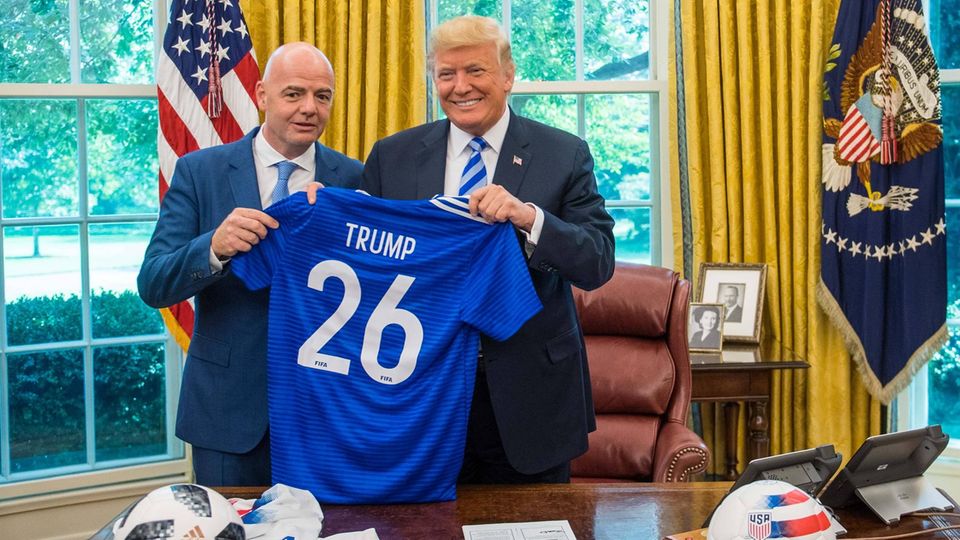Millions of Argentines celebrate the team’s historic triumphs, such as winning the World Cup or the Copa América. However, tragedies in sporting events also knew how to mark the national team. An example is the fateful meeting between Peru and Argentina in 1964that He left a deep mark on football.
This match, which should have been an exciting confrontation in the playoffs, ended up becoming one of the worst tragedies in sport, when a disallowed goal unleashed chaos in the stands of the stadium. Lima National Stadium.
Peru and Argentina.jpg
One of the most painful tragedies in football occurred on May 24, 1964.
This was the tragic match between Peru and Argentina on May 24, 1964
That afternoon, both teams faced each other at the National Stadium in Lima in a key match of the qualifiers for the Tokyo Olympics. The Albiceleste, with stars like Roberto Perfumo and Agustín Cejas, he had already secured his classification. However, Peru was still fighting for a place, increasing tension among local fans.
The match was tied 0-0 until, in the 18th minute of the second half, Nestor Manfredi scored for Argentina after an error by the Peruvian goalkeeper, Juan Barrantes. The goal silenced the crowd, but the Peruvians did not give up. Victor Lobaton achieved what seemed like a tie, but the Uruguayan referee Angel Eduardo Pazos he annulled it for a foul.
This decision ignited the fury of Peruvian fans. One of the fans, nicknamed “Black Bomb”, entered the field with the intention of attacking the referee, but was detained by the police. Shortly after, another fan tried the same thing, which led the referee to suspend the match. The situation quickly got out of control.
The police, seeing that the fans were trying to invade the field, launched tear gas to disperse the crowd. This only made the situation worse, as the stadium doors were closedtrapping thousands of people in a death trap. The desperate crowd tried to flee, but chaos had taken over the stadium.
The result was devastating: more than 300 people died from suffocation or crushing in the stands, and more than 800 were injured. The authorities They arrested more than 50 peoplealthough half managed to escape that same night in the midst of the disorder. The tragedy not only left an indelible mark on Latin American football, but also generated national mourning in Peru, declared by the then president Fernando Belaunde Terry.
Jorge Azambuja, The police commander in charge of party security was the only one convicted for his actions in the events. He served a 30-month prison sentence. However, the pain of the affected families and the memory of those who died at the National Stadium persist as a reminder of the dangers that can arise at a sporting event when emotions run high and the police are not up to the task of ensuring that security is not overflowed.
Source: Ambito




